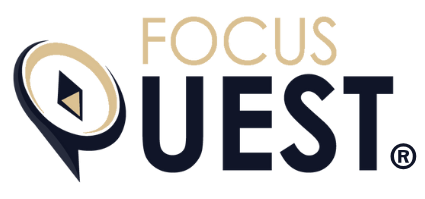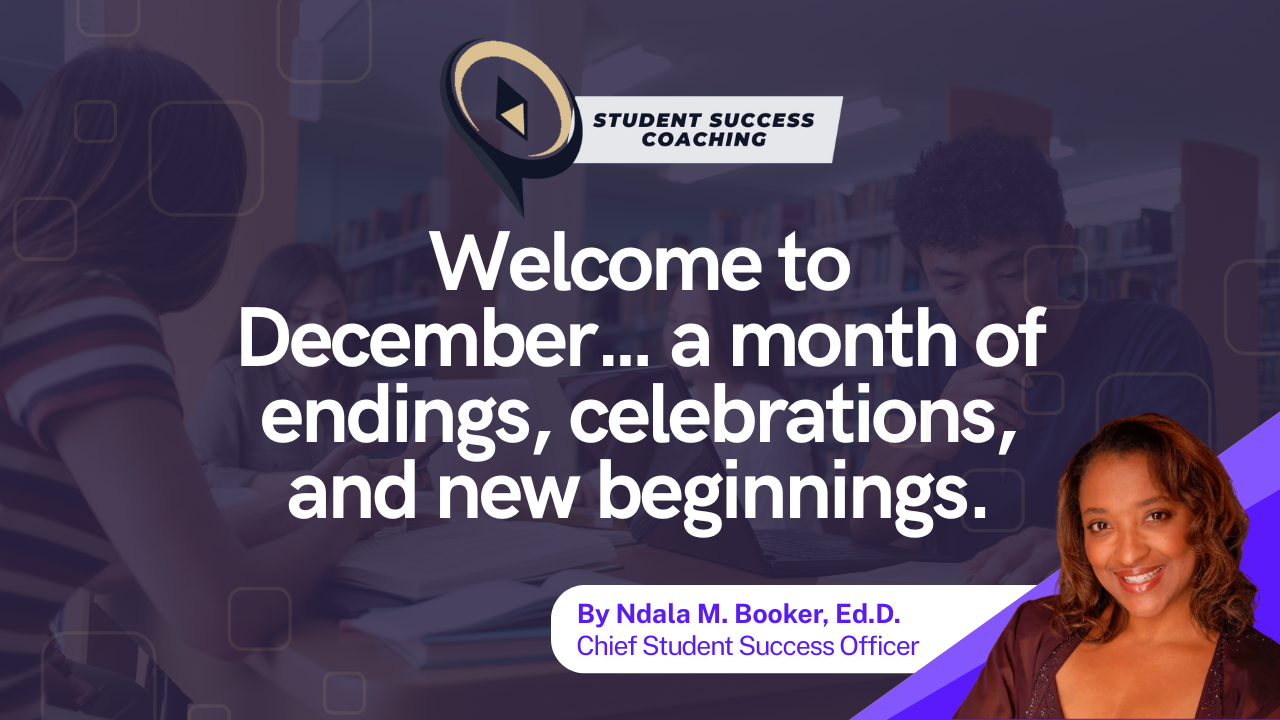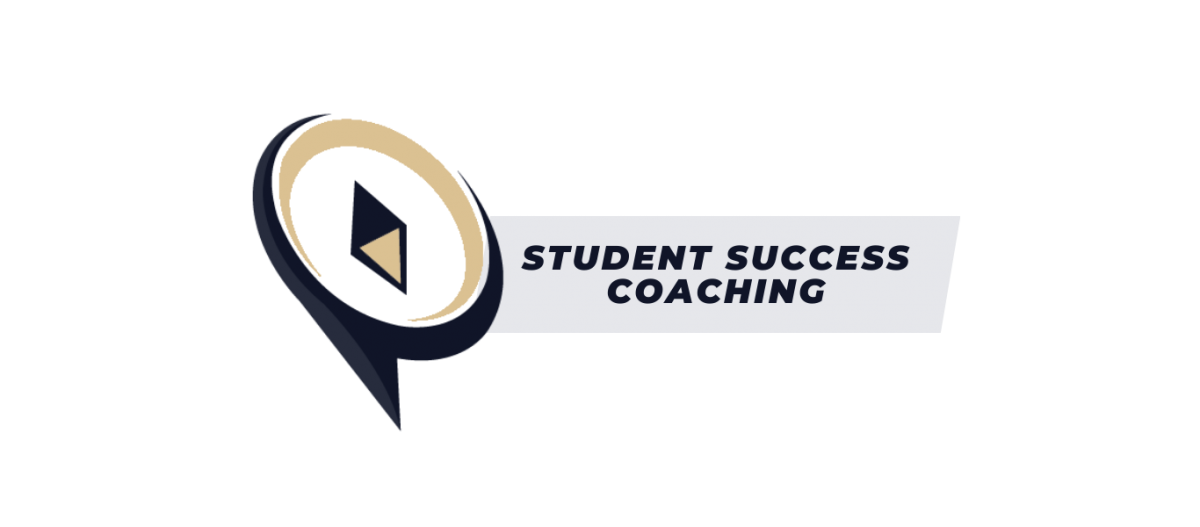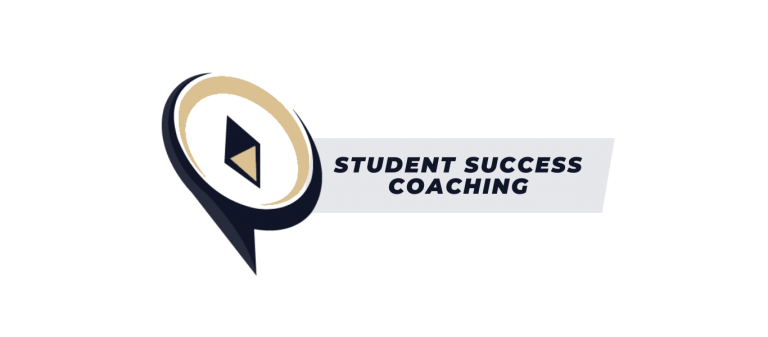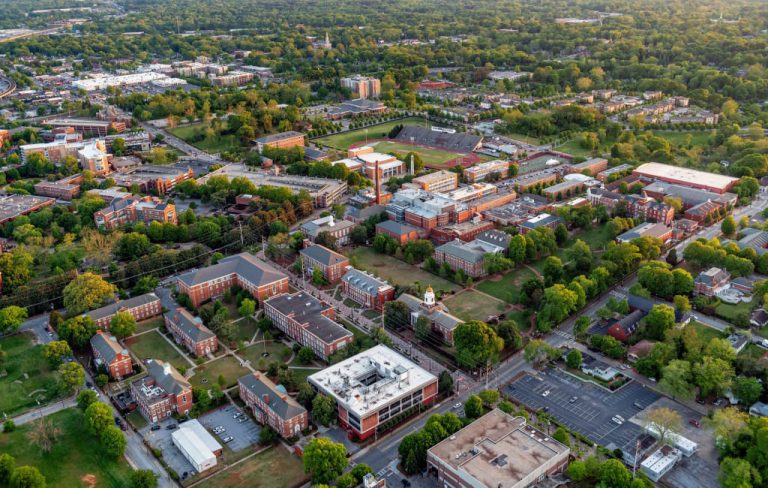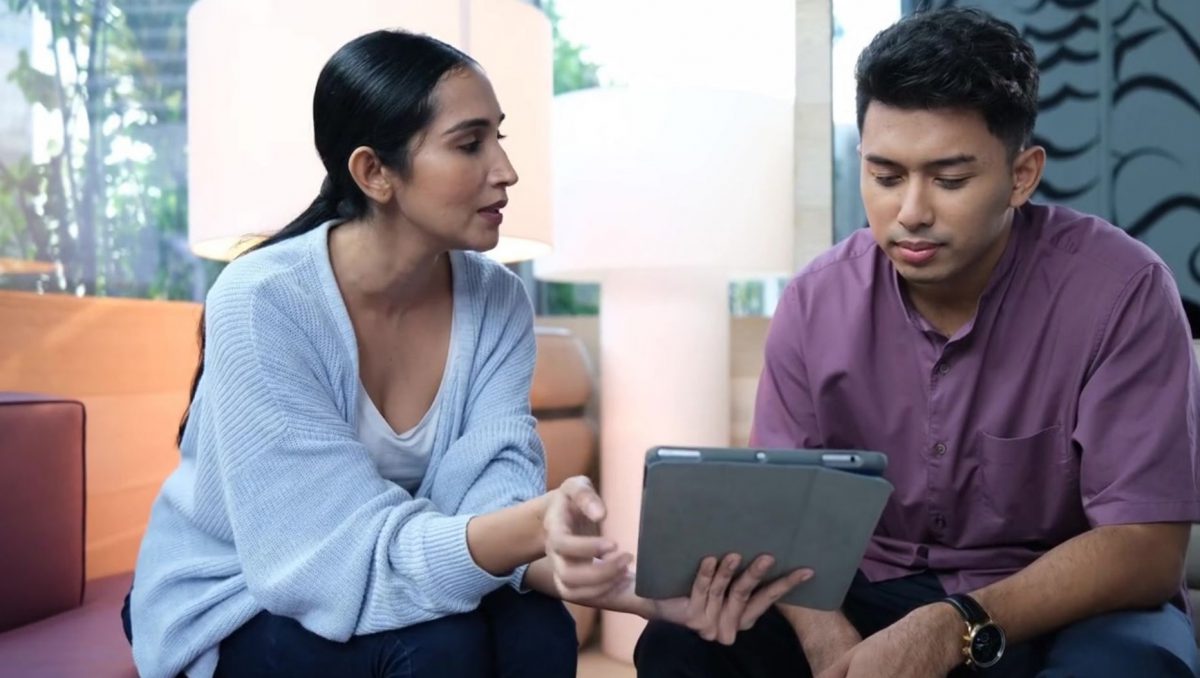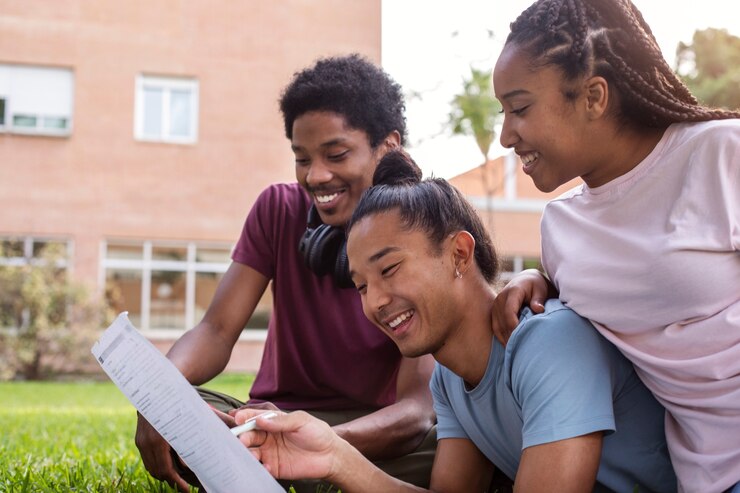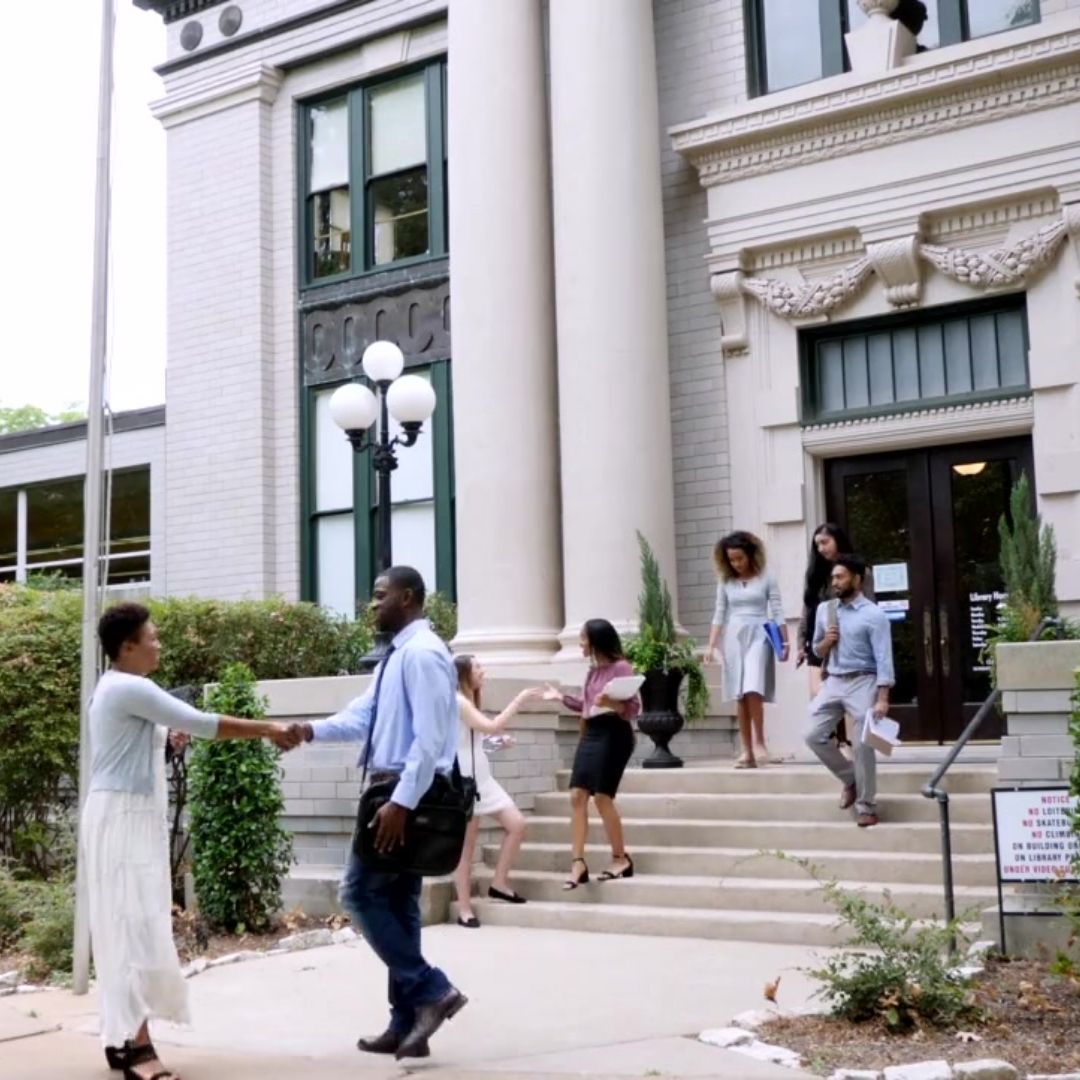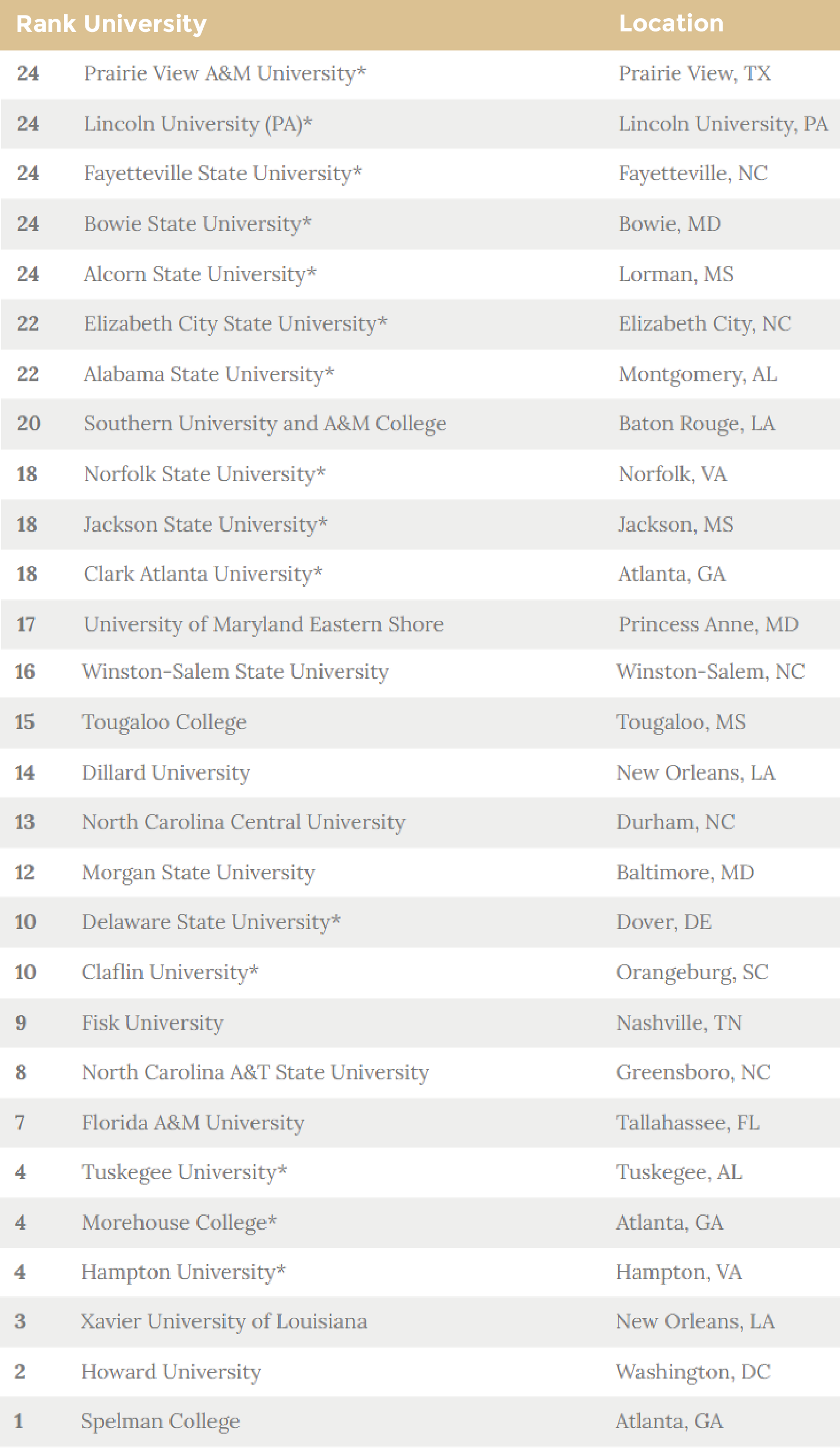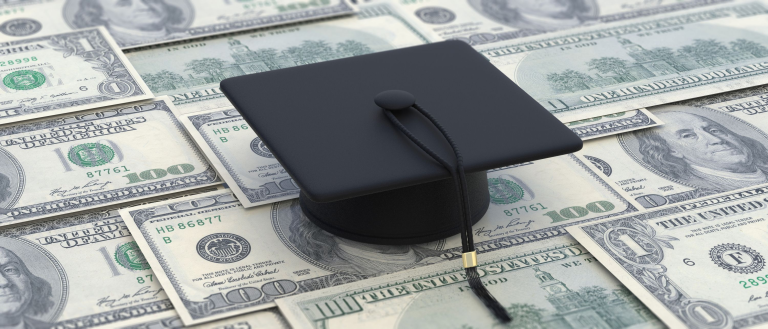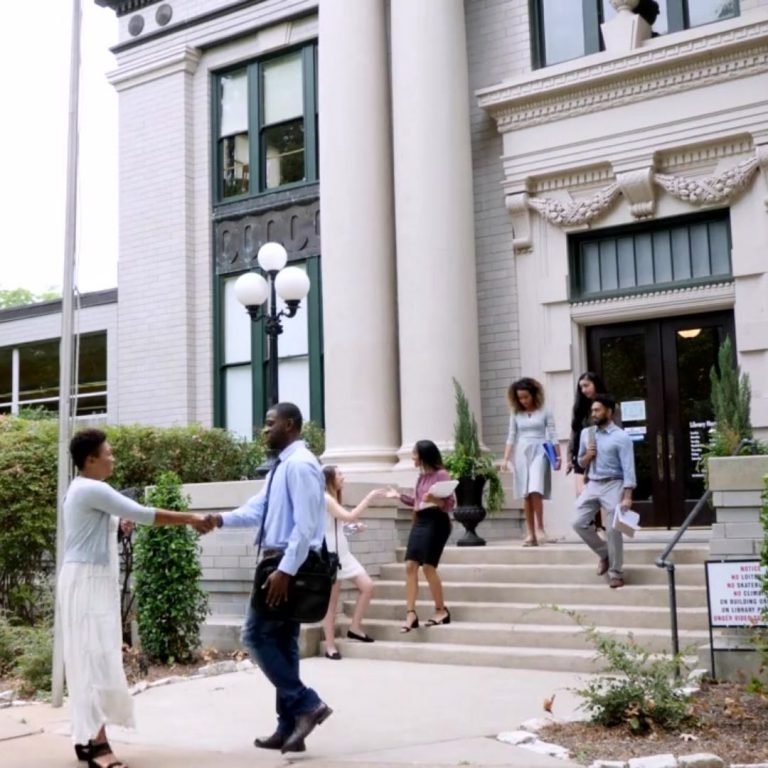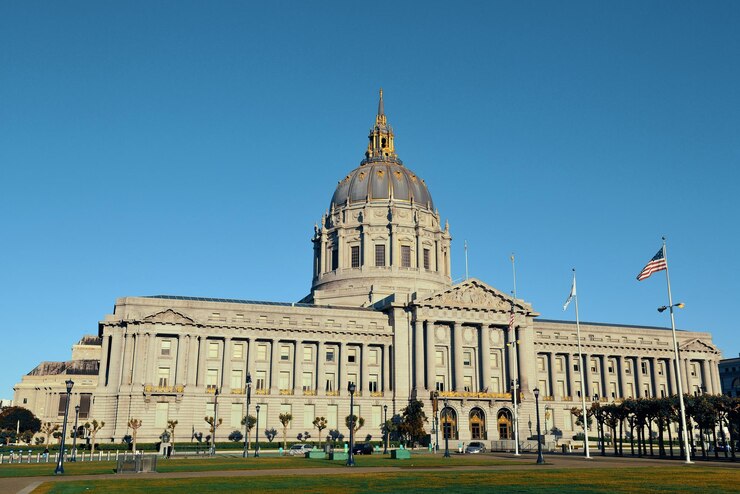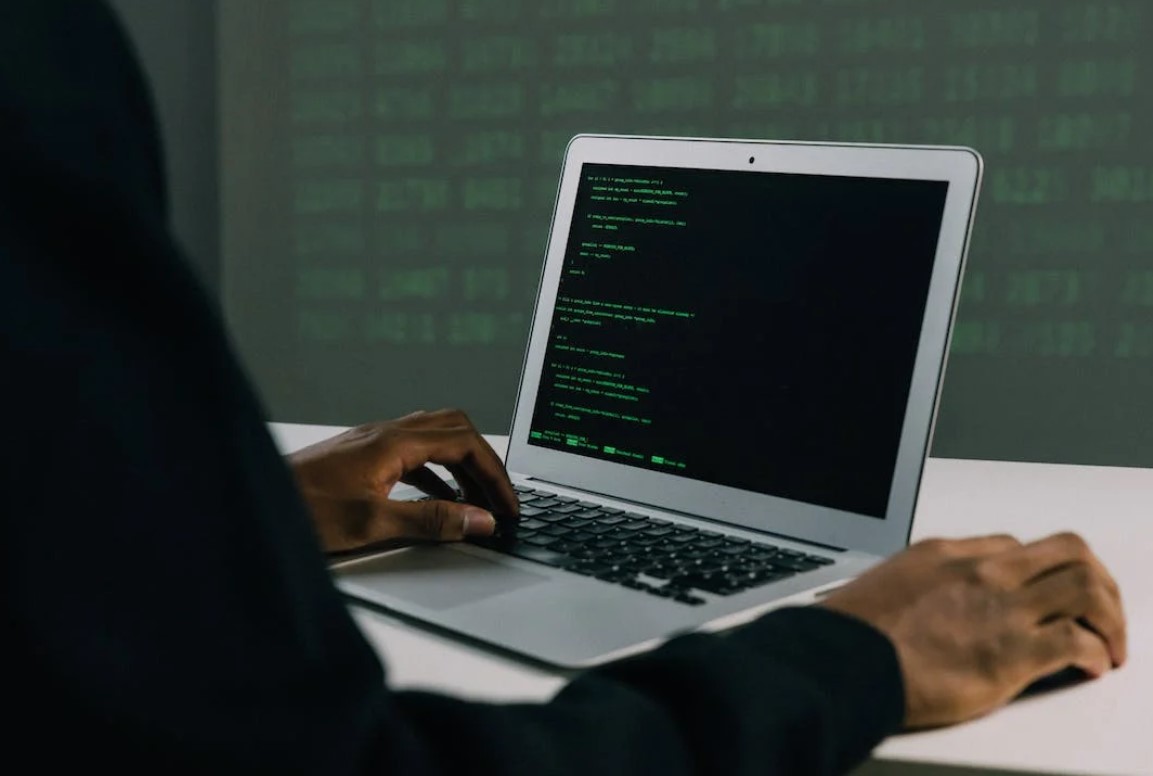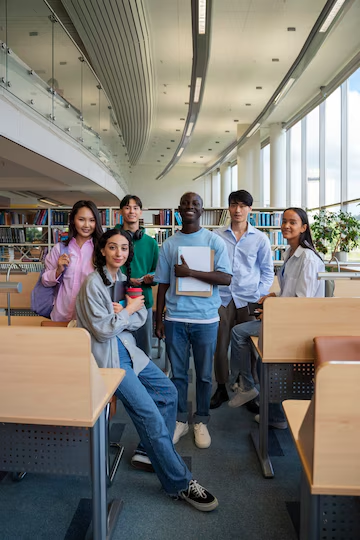20 HBCUs will work with IBM to establish Cybersecurity Leadership Centers, giving students and faculty access to IBM training, software, and certifications at no cost.
During the National HBCU Week Conference convened by the U.S. Department of Education and the White House, IBM (NYSE: IBM) announced its collaboration with 20 Historically Black College and Universities (HBCUs) to help them establish Cybersecurity Leadership Centers.
With 500,000 unfilled cybersecurity jobs in the U.S., the need for expertise is critical: According to a recent IBM Security study, insufficiently staffed organizations average $550,000 more in breach costs than those that state they are sufficiently staffed.**
“Collaborations between academia and the private sector can help students prepare for success. That’s especially true for HBCUs because their mission is so vital,” said Justina Nixon-Saintil, Vice President, IBM Corporate Social Responsibility and ESG. “The Cybersecurity Leadership Centers we’re co-creating with Historically Black College and Universities epitomize our commitment to the Black community and STEM education; it also builds on our pledge to train 150,000 people in cybersecurity over three years.”
IBM will collaborate with the following 20 HBCUs across 11 states to co-create Cybersecurity Leadership Centers, helping to create talent for employers and opportunities for students. (Six of these collaborations were previously announced in May*)
- Alabama – Alabama A&M University, Talladega College, Tuskegee University
- Florida – Edward Waters University, Florida A&M University
- Georgia – Albany State University, Clark Atlanta University*
- Louisiana – Grambling State University, Southern University System*, Xavier University of LA*
- Maryland – Bowie State University, Morgan State University*
- Mississippi – Alcorn State University
- North Carolina – North Carolina A&T State University*, North Carolina Central University
- South Carolina – South Carolina State University*, Voorhees University
- Texas – Texas Southern University
- Virginia – Norfolk State University
- West Virginia – West Virginia State University
Through IBM’s collaboration, faculty and students at participating schools will have access to coursework, lectures, immersive training experiences, certifications, IBM Cloud-hosted software, and professional development resources, all at no cost to them. This includes access to:
Cybersecurity curricula: IBM will develop for each participating HBCU, a customized IBM Security Learning Academy portal – an IBM client offering – including courses designed to help the university enhance its cybersecurity education portfolio. In addition, IBM will continue to give access to IBM SkillsBuild.
Immersive learning experience: Faculty and students of participating HBCUs will have an opportunity to benefit from IBM Security’s Command Center, through which they can experience a highly realistic, simulated cyberattack, designed to prepare them and train them on response techniques. Moreover, HBCUs’ faculty will have access to consultation sessions with IBM technical personnel on cybersecurity.
Software: Multiple IBM Security premier enterprise security products hosted in the IBM Cloud
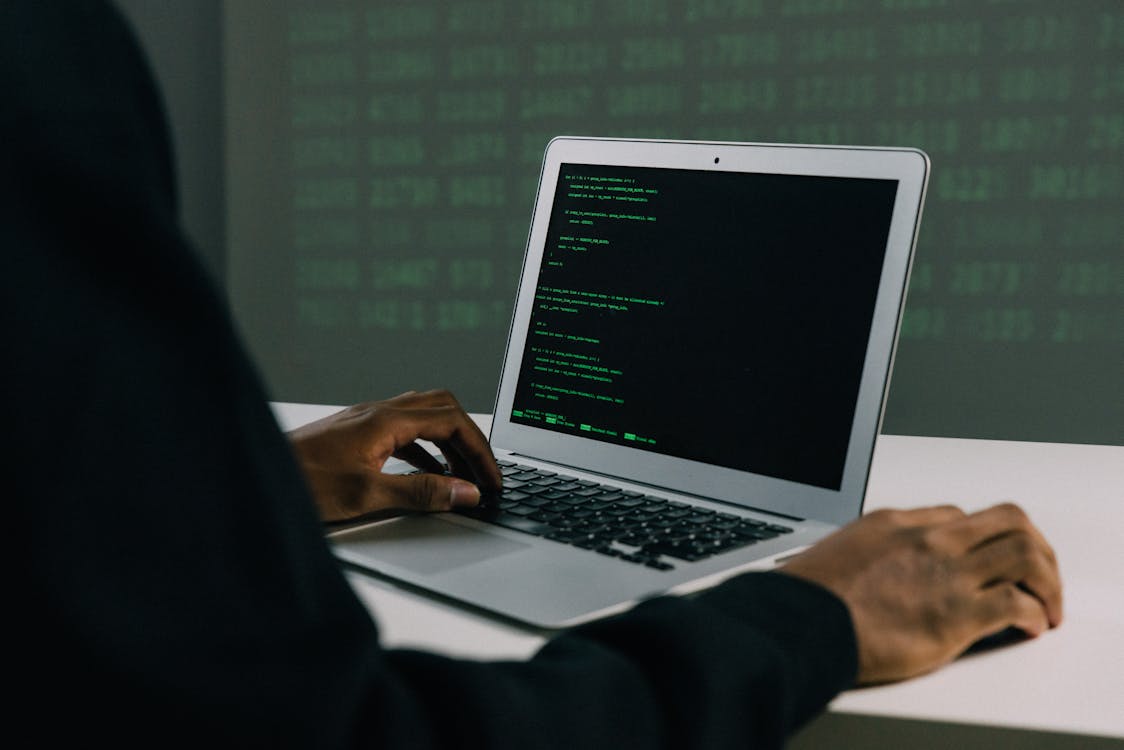
Professional development: Forums to exchange best practices, learn from IBM experts, and discover IBM internships and job openings
About IBM Education
As part of the company’s Corporate Social Responsibility efforts, IBM’s education portfolio takes a personalized, diverse, and deep approach to STEM career readiness. IBM’s pro bono programs range from education and support for teens at public schools and universities, to career readiness resources for aspiring professionals and job seekers. IBM believes that education is best achieved through the collaboration of the public, private, and not-for-profit sectors.
IBM SkillsBuild is a free education program focused on underrepresented communities, that helps adult learners, and high school and university students and faculty, develop valuable new skills and access career opportunities. The program includes an online platform that is complemented by customized practical learning experiences delivered in collaboration with a global network of partners. The online platform offers over 1,000 courses in 19 languages on cybersecurity, data analysis, cloud computing and many other technical disciplines — as well as in workplace skills such as Design Thinking. Most important, participants can earn IBM-branded digital credentials that are recognized by the market. The customized practical learning experiences could include project-based learning, expert conversations with IBM volunteers, mentors, premium content, specialized support, connection with career opportunities, access to IBM software, among others. As of February 2022, IBM SkillsBuild operates in 159 counties and is supporting 1.72M learners since its launch.
About IBM Security
IBM Security offers one of the most advanced and integrated portfolios of enterprise security products and services. The portfolio, supported by world-renowned IBM Security X-Force® research, enables organizations to effectively manage risk and defend against emerging threats. IBM operates one of the world’s broadest security research, development, and delivery organizations, monitors 150 billion+ security events per day in more than 130 countries, and has been granted more than 10,000 security patents worldwide. For more information, please check www.ibm.com/security, follow @IBMSecurity on Twitter or visit the IBM Security Intelligence blog.
* Announced in May 2022
** Cost of a Data Breach Report 2022, conducted by Ponemon Institute, sponsored & analyzed by IBM
Media Contact:
Ari Fishkind
IBM Media Relations
fishkind@us.ibm.com

